The Refurbished Running Shoe Market is currently characterized by a dynamic competitive landscape, driven by increasing consumer awareness regarding sustainability and the circular economy. Major players such as Nike (US), Adidas (DE), and Puma (DE) are actively engaging in strategies that emphasize innovation and environmental responsibility. Nike (US) has positioned itself as a leader in this space by integrating advanced recycling technologies into its refurbishment processes, while Adidas (DE) focuses on partnerships with eco-conscious organizations to enhance its sustainability credentials. Puma (DE), on the other hand, is leveraging its strong brand equity to promote refurbished products, thereby appealing to a growing demographic of environmentally aware consumers. Collectively, these strategies not only enhance brand loyalty but also shape a competitive environment that increasingly prioritizes sustainability alongside performance.
In terms of business tactics, companies are localizing manufacturing and optimizing supply chains to reduce carbon footprints and improve efficiency. The market appears moderately fragmented, with a mix of established brands and emerging players vying for market share. The collective influence of key players is significant, as they set industry standards and consumer expectations regarding quality and sustainability in refurbished products.
In August 2025, Nike (US) announced the launch of its "Refurbished by Nike" program, which aims to expand its refurbished shoe offerings significantly. This initiative is strategically important as it not only enhances Nike's commitment to sustainability but also allows the company to tap into a growing market segment that values eco-friendly products. By providing consumers with high-quality refurbished options, Nike is likely to strengthen its market position and appeal to environmentally conscious athletes.
In September 2025, Adidas (DE) unveiled a new partnership with a leading recycling technology firm to enhance its refurbishment capabilities. This collaboration is expected to streamline the refurbishment process, making it more efficient and cost-effective. The strategic importance of this partnership lies in its potential to increase the volume of refurbished shoes Adidas can offer, thereby meeting rising consumer demand while reinforcing its sustainability narrative.
In October 2025, Puma (DE) launched a marketing campaign aimed at promoting its refurbished running shoes, highlighting their performance and environmental benefits. This campaign is crucial as it seeks to educate consumers about the advantages of choosing refurbished products, potentially shifting perceptions and increasing market penetration. By focusing on performance alongside sustainability, Puma is likely to differentiate itself in a crowded market.
As of October 2025, current competitive trends indicate a strong emphasis on digitalization, sustainability, and the integration of artificial intelligence in supply chain management. Strategic alliances are increasingly shaping the landscape, allowing companies to leverage each other's strengths in technology and sustainability. Looking ahead, competitive differentiation is expected to evolve from traditional price-based competition to a focus on innovation, technological advancements, and reliable supply chains. This shift suggests that companies that can effectively integrate these elements into their business models will likely emerge as leaders in the refurbished running shoe market.


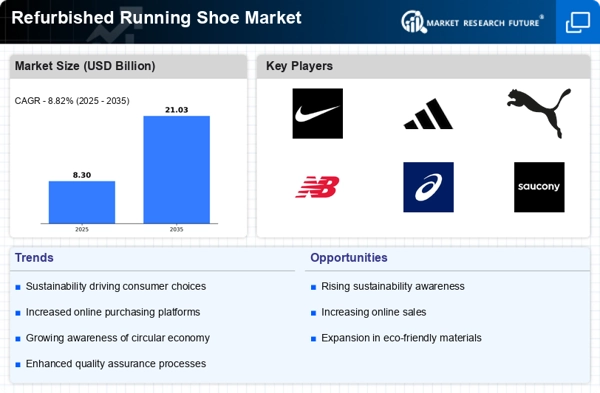

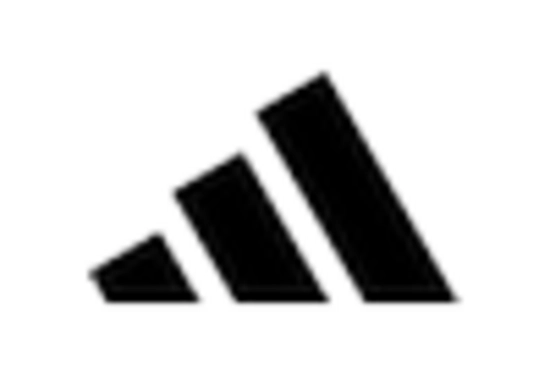
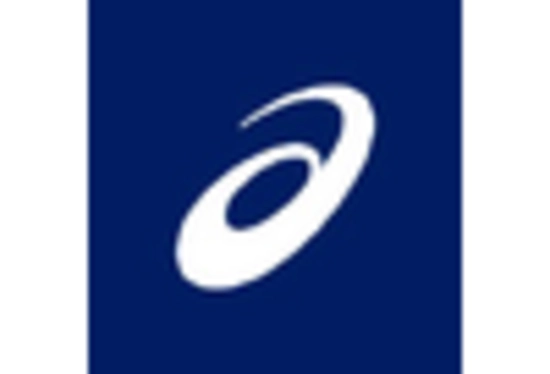

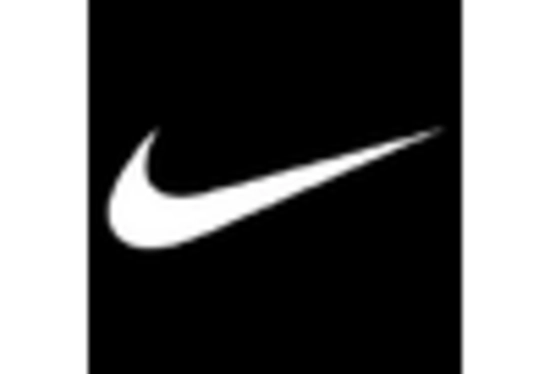
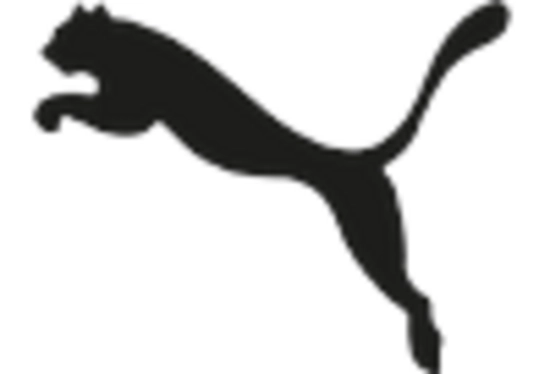
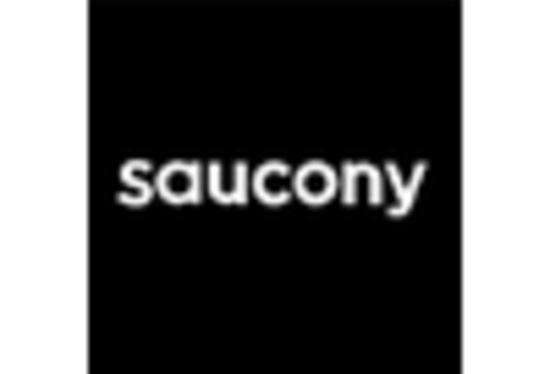








Leave a Comment